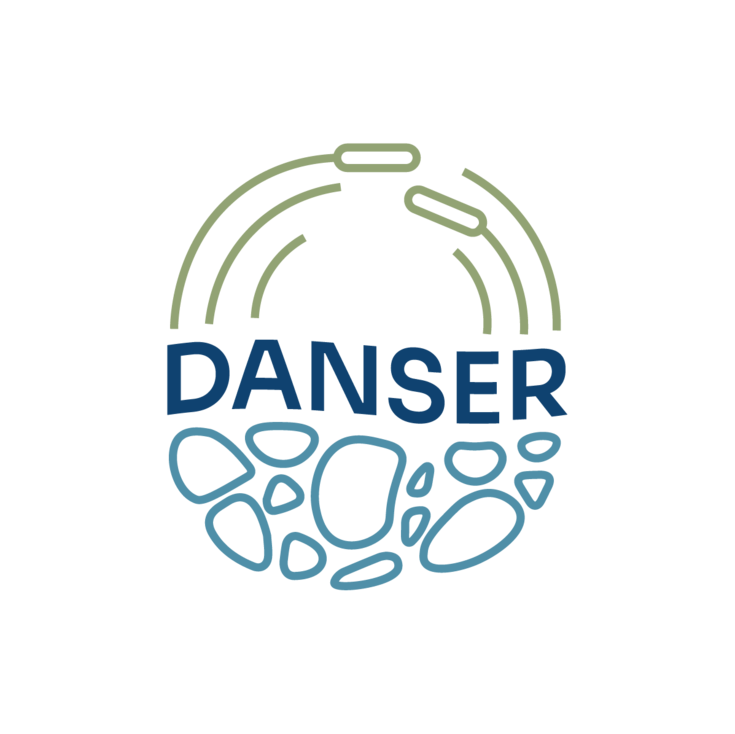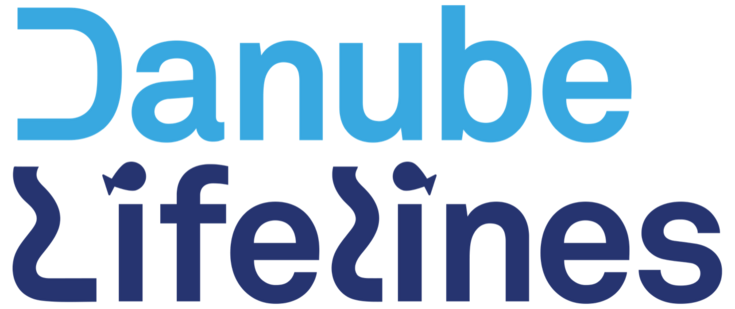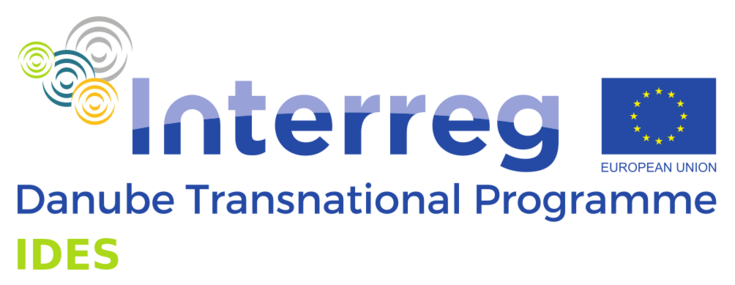Projects

DANSER
The Danube River basin is a vital yet fragile ecosystem, increasingly impacted by climate change and human activities. Promoting sustainable interactions between humans and the river could enhance the basin’s resilience. With this in mind, the EU-funded DANSER project will address sediment management challenges by leveraging advanced technologies and aligning with EU policies. The project’s objectives include restoring sediment balance, improving sediment quality and flow, and understanding pollution transport mechanisms while supporting local economies. A pilot phase will precede full deployment, focusing on innovative solutions such as mapping fluvial processes, sediment transport modelling, and pollution analysis. The project will also establish a transnational sediment task force to ensure community and stakeholder engagement.
DANUBElifelines
DANUBElifelines supports the objective of the Mission ‘Restore our Ocean and Waters’ to protect and restore marine and freshwater ecosystems and biodiversity. The key components of the project include knowledge creation, demonstrating effective solutions, as well as co-creation with stakeholders. The project generates new insights and perspectives on fish migration, habitat quality, and migration corridors improving the status of migratory fish species in the Danube River Basin. It demonstrates measures for protecting and restoring habitat availability, accessibility, and connectivity by removing barriers and pressures and implementing nature-based solutions. Engaging with local actors and national stakeholder groups, conducting training and communication activities, and developing an action plan and roadmap for the replication and scale-up of solutions are also integral parts. DANUBElifelines is based on a transboundary, multi-scale and -actor approach that covers several relevant migratory fish species. A basin-wide approach highlights the restoration and conservation needs of migratory fish and their habitats across the Danube River Basin. Furthermore, the project provides a portfolio of solutions for different river sections, including tributaries of the Danube, tailored to local needs and conditions covering the Upper Danube, the Middle and the Lower Danube/Delta. In these regions, integrated approaches are pursued, demonstration activities are learned from and applied, and the conservation of species such as Danube salmon, Pontic shad and sturgeons is improved. Key outputs include the Danube Fish Migration and Connectivity Atlas, identification of hotspot and strict conservation areas for migratory fish, efficiency of restoration measrues, mapping the contribution of the Danube Basin to the 25,000 km free-flowing rivers target, an action plan for habitat restoration and conservation, and guidelines and recommendations for replicability.
LIFE-Boat 4 Sturgeon
With the LIFE-Boat 4 Sturgeon project, its international partners pursue the goal of saving the remaining four sturgeon species in the Danube river basin from extinction. From 2022 to 2030, the project partners will be implementing six conservation measures to rescue the species Russian sturgeon, sterlet, stellate sturgeon and beluga sturgeon.
CDL-MERI
Christian Doppler Laboratory for Meta Ecosystem Dynamics in Riverine Landscapes
The CD Laboratory systematically and comprehensively investigates the complex meta-ecosystem of the Austrian Danube to understand the impact of human activities on biodiversity and ecosystem services and to develop sustainable ecological measures for future management of the Austrian Danube.
Horizon 2020 project Water-ForCE
Water scenarios For Copernicus Exploitation
The overarching objective of the Water-ForCE project is to develop a Roadmap for the water component for the future Copernicus services, addressing the current disconnections between remote sensing and in situ observation research, and to deliver clarity in terms of the needs and expectations of the public and private sectors of the core Copernicus Program and the wider research and business innovation opportunities.
Interreg Danube Project lifelineMDD
Living rivers, living sediment, living cooperation
Austria, Slovenia, Croatia, Hungary and Serbia submitted a UNESCO application for the world's first 5-country biosphere reserve Mura-Drava-Danube in April 2020. With a total area of 930,000 hectares and a length of 700 kilometres, the wildlife along the Mura, Drava and Danube will become the largest river protection area in Europe.
Interreg Danube Project IDES
IDES - Improving water quality in the Danube river and its tributaries by integrative floodplain management based on Ecosystem Services
Austria, Slovenia, Croatia, Hungary and Serbia submitted a UNESCO application for the world's first 5-country biosphere reserve Mura-Drava-Danube in April 2020. With a total area of 930,000 hectares and a length of 700 kilometres, the wildlife along the Mura, Drava and Danube will become the largest river protection area in Europe.





![[Translate to English:] Interreg Danube Project lifelineMDD](/fileadmin/_processed_/b/c/csm_standard_logo_-_light_green_ink-BIG_4f828df53f.png)
